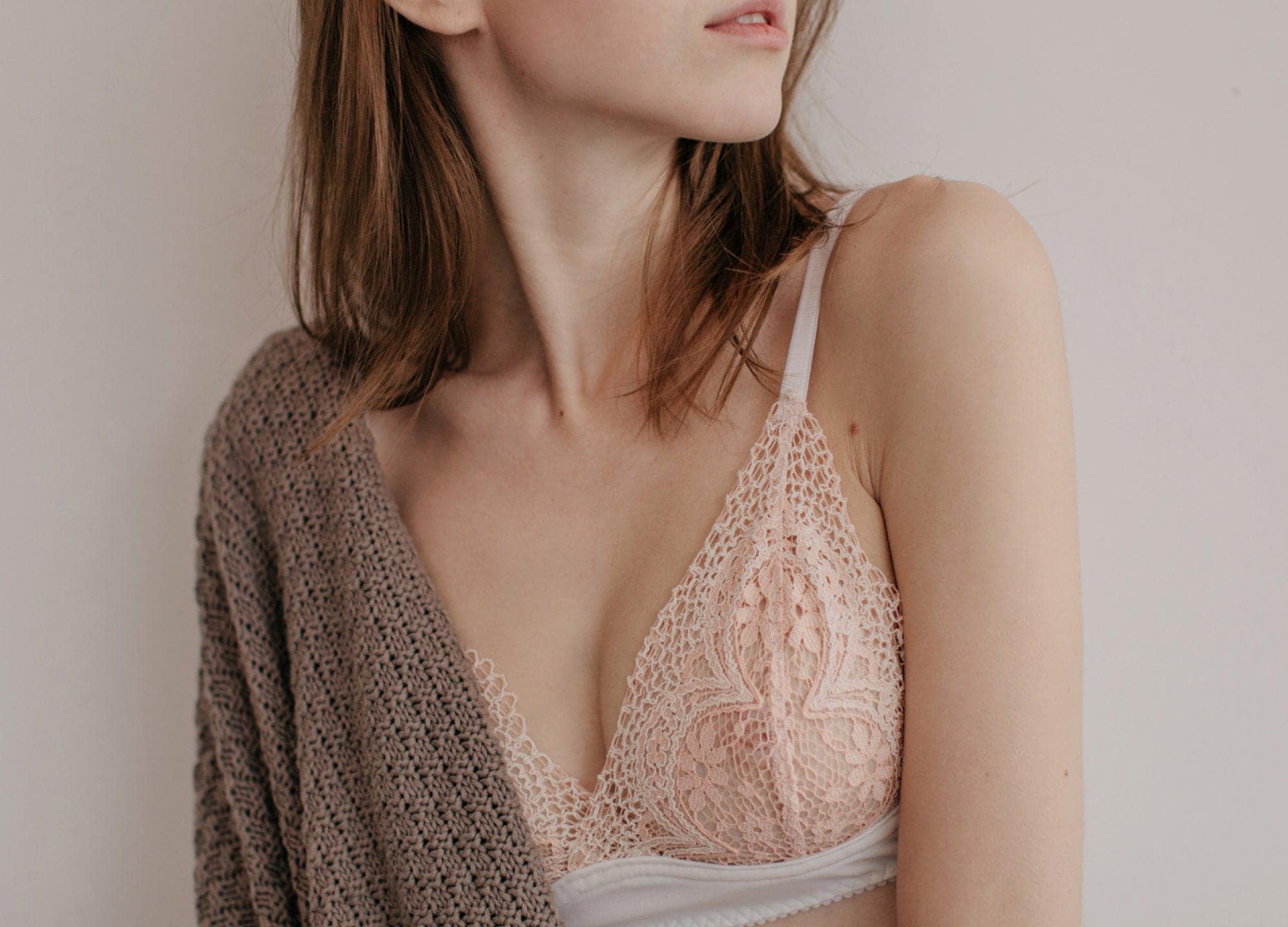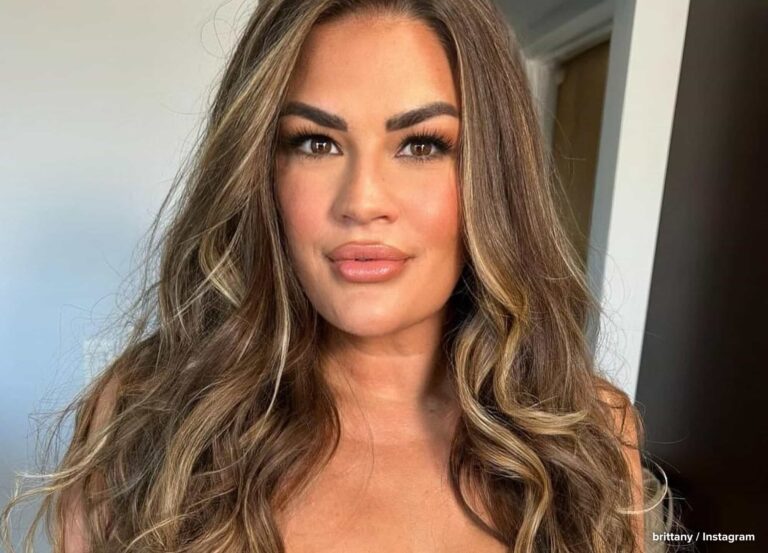Every procedure on RealSelf comes with a Worth It Rating, a proprietary consumer-satisfaction score showing the percentage of real patients, with firsthand experience, who thought the procedure was “Worth It.” This story is part of the 2021 Most Worth It campaign to help you make smart, confident cosmetic decisions.
While the average breast reduction is very much about what’s being taken away—back pain, persistent rashes, workout and wardrobe limitations—the beauty of what remains is equally crucial. During the procedure, “excess tissue is removed from each breast, the remaining skin is tightened to achieve a more compact shape, and the nipple-areolar complex is repositioned to a more anatomically centralized position,” explains Dr. Carolyn Chang, a board-certified plastic surgeon in San Francisco. “All these steps allow for the creation of a beautifully rounded, smaller, perkier breast shape.”
We asked top plastic surgeons what you should look for when browsing breast reduction before-and-afters. Here are the five factors they say add up to next-level results.
1. A round shape
While the term breast reduction implies a straightforward downsizing, plastic surgeons are beyond strategic when debulking the breasts, to leave them not only smaller but more shapely and elevated. What they don’t want to do is give a “widened, flattened look,” says Dr. Chang, which is the most common problem she sees when reviewing other surgeons’ breast reduction outcomes, on social media and elsewhere.
“I always tell patients that they should think of a breast reduction as a breast lift, with removal of breast tissue,” says Dr. Amaka Nwubah, a board-certified plastic surgeon in Nashville, Tennessee. She attributes the discomfort of big breasts not only to their weight but also to their droopiness (what doctors call ptosis)—how far the breasts hang down from the sternum—so it’s important to address both factors. “I tend to remove excess weight from the bottoms and the sides of the breasts, keeping volume at the top and middle of the breasts, to avoid a sunken-in look and create a nice, round shape,” she says. “I also lift the breasts and nipples on the chest wall, keeping the nipple attached in the vast majority of cases and, simply, moving it up.”
While establishing upper-pole fullness—surgeonspeak for cleavage—is a goal with almost every breast surgery, it’s not always possible with a reduction alone, notes board-certified New York City plastic surgeon Dr. Melissa Doft, because creating those curves requires firmer breast tissue, which not every woman has. The idea of adding fat or even a small implant may seem counterintuitive when striving to minimize the breasts, but it’s sometimes the only way to deliver the push-up-bra effect many patients desire.
2. Symmetry
You’ve probably heard that breasts are sisters, not twins—meaning that they don’t look exactly alike in every regard. And since “the breasts never start out the same, they will not end up being identical [post-reduction]—but the surgeon should come close,” says Dr. Doft. More specifically, you should expect to exit the operating room with breasts that are the same cup size and round or oval nipples that are of coordinating proportions and resting at the same height.
According to Dr. Chang, “the key to a symmetrical result is [making] careful preoperative markings and taking care to be precise about both nipple-areolar positioning and the distance between the bottom of the areola and the inframammary fold [the crease at the lower border of the breast].” She also notes the value of weighing the excised breast tissue, to compare the amounts removed from each side (if you follow plastic surgeons on Instagram, you’ve likely seen them doing this in videos). Last, before placing final sutures, the surgeon should evaluate their handiwork, with the patient in an upright position on the surgical table, to ensure that the shape and size of the breasts are a close match.
3. A youthful nipple-areolar position
During a breast reduction, each incision accomplishes a particular objective. The cut around the nipple-areolar complex, for instance, “reduces the size of the areola and allows for it to be relocated to a higher, more centralized position on the breast,” explains Dr. Chang. Ultimately, the areolas’ dimensions should suit those of the breasts they’re perched upon.
While patients sometimes make special requests for their new nipples (slightly upturned, for example), Dr. Doft tells us that the ideal placement is “at the point of the inframammary fold, projected onto the breast”—meaning level with the breast crease—though for a reduction, she adds, it’s not uncommon for the nipple-areola area to sit a little south of center.
When scanning B&As, “you should look at the nipple position in the lateral or side view, to see if the nipple is at the most projecting part of the breast,” adds Dr. Nwubah. “When you look at a breast result straight on, see if the nipples, aesthetically, appear to be in a good position.”
4. Thin, hidden scars
For doctors and patients alike, inconspicuous scars are always a priority—regardless of the type of surgery one is having. But this is especially true for breast reductions, because the incisions are so front and center—and “a good scar appearance is vital to the overall look of the breast,” says Dr. Chang. “Dark, raised, prominent scarring will diminish the beauty of even the most perfectly shaped breast reductions.”
As noted earlier, every incision serves a surgical purpose. When tailoring the breasts, surgeons cut around the areolas, to resize and relocate the nipples. They slice vertically, from below the center of the areola straight down to the breast fold, “to tighten and remove the extra skin, thereby narrowing and rounding out the breast base and allowing for a lift of the remaining tissue,” Dr. Chang explains. These two incisions—encircling the areola and vertically dividing the breast—create what’s known as a lollipop scar. For larger breasts, a third incision, along the breast fold, is often needed, to remove additional tissue—this line merges with the previous two, to form an anchor pattern. When a patient’s anatomy demands this more extensive procedure, “I keep the scar on the breast and do not extend it to under the arm, so that the bottom of the anchor is fairly hidden from view,” says Dr. Doft.
Beyond careful placement, adds Dr. Chang, “meticulous closures, with nonreactive suture material and as minimal an amount of tension as possible [on the incision],” are prerequisites for thin, near-invisible scars. All of our surgeons also manage breast reduction scars for months, postoperatively, with a personalized regimen of massage; silicone gels and sheets; laser treatments (to take the red out); and occasional steroid injections, to flatten raised scars.
5. Proportionality
When studying an “after” shot, says Dr. Nwubah, ask yourself: Is the result proportional to the patient’s overall figure? “This is one of the finesse things about breast reduction,” she adds. “The breasts should not seem out of proportion with the rest of the body.”
As a final tip, Dr. Nwubah urges patients to ask prospective surgeons to see long-term B&As—photos of patients who are at least three months out from breast reduction surgery. “Be careful not to be lured in by early, on-the-table results that don’t show you how someone really looks, down the line,” she says.











